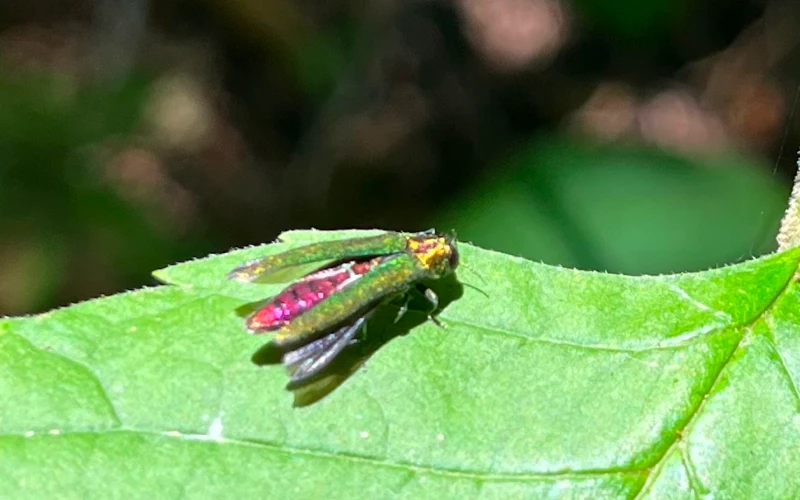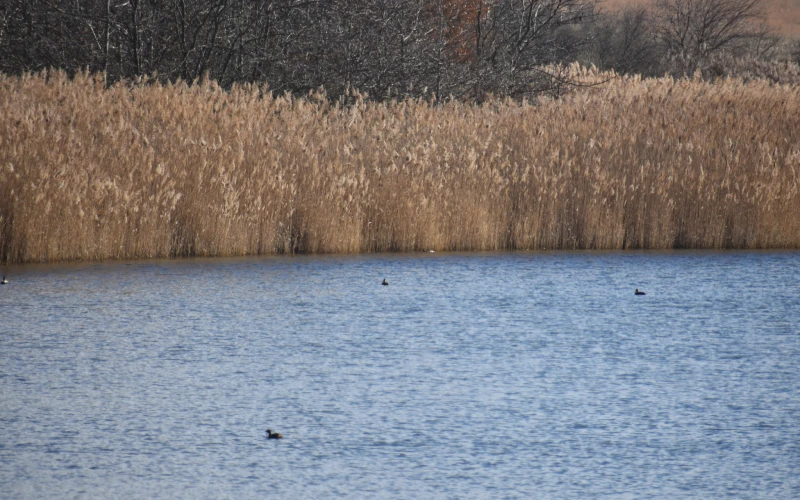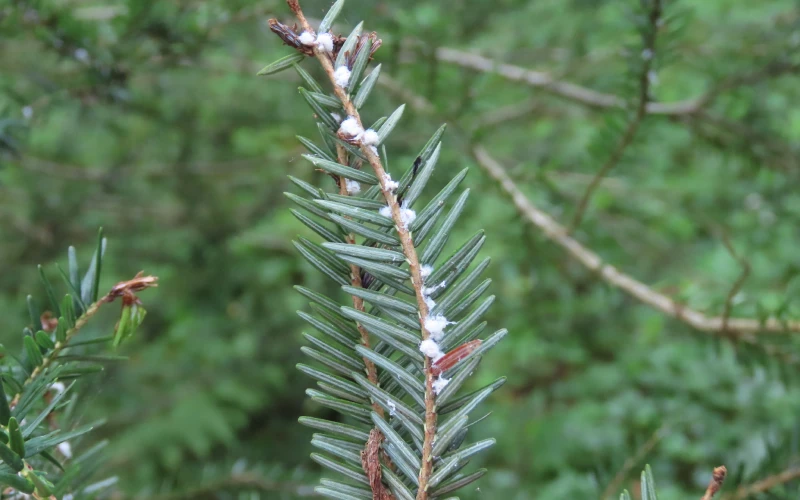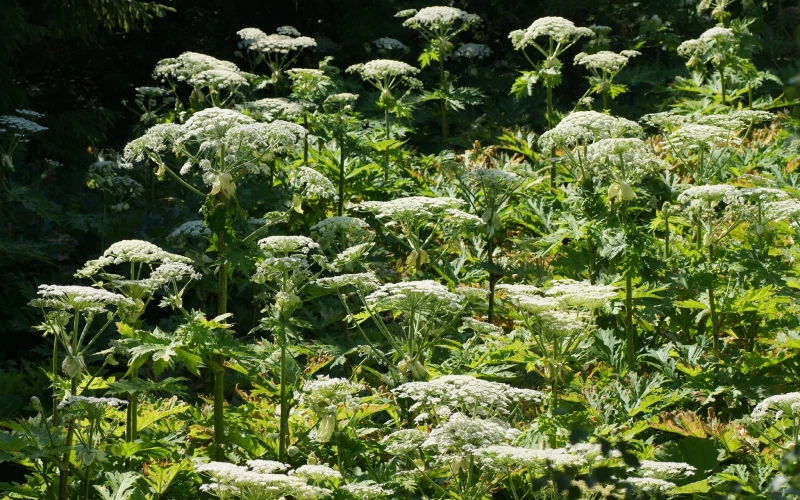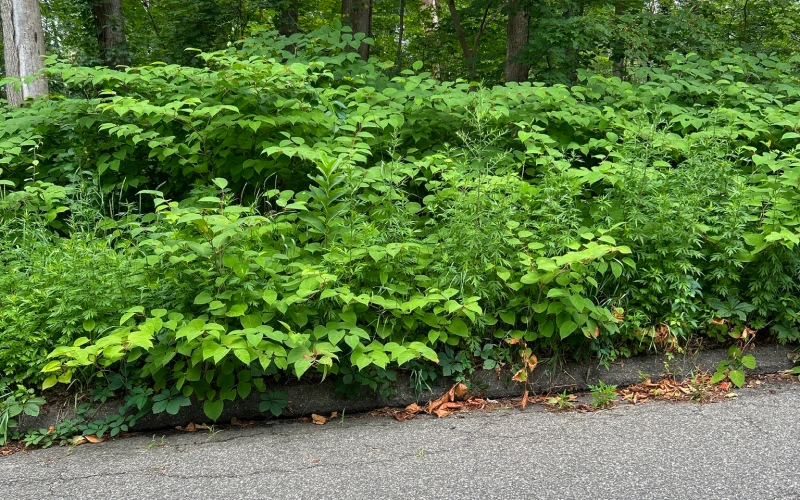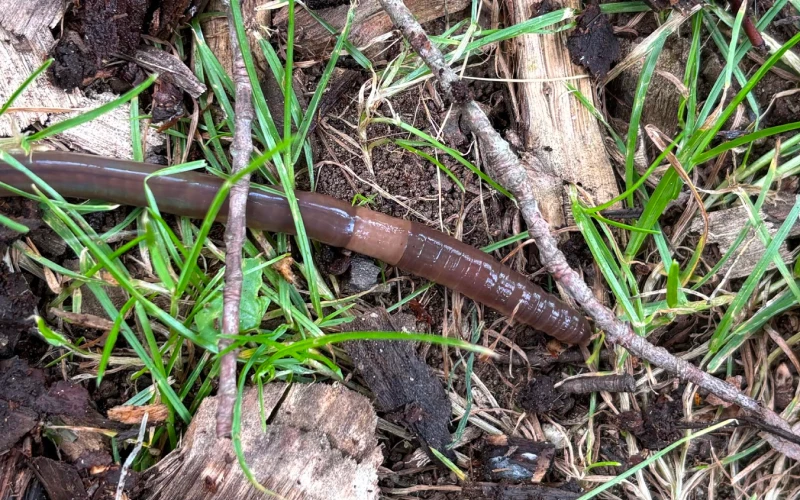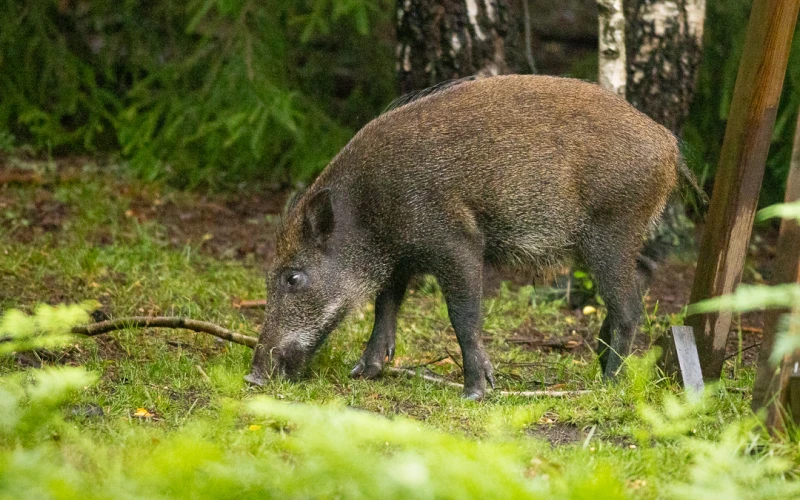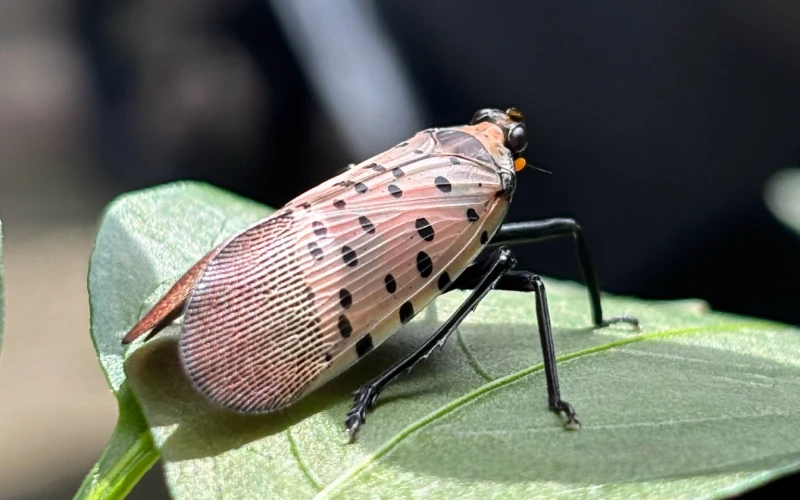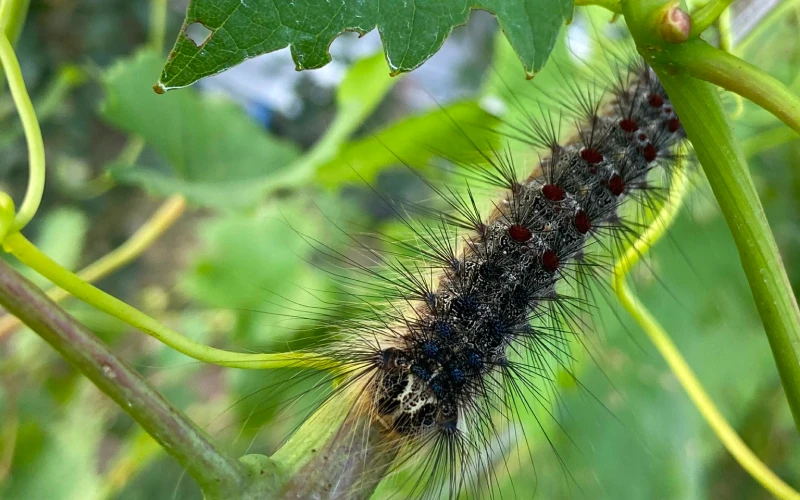Terrestrial
Box Tree Moth
The Box Tree Moth, native to East Asia, has become a significant pest in Europe and has recently been detected in North America. Primarily affecting boxwood plants (Buxus spp.), it poses no direct threat to human or animal health but has severe implications for the nursery trade and urban landscapes due to the damage it causes to these ornamental plants.
Emerald Ash Borer
The emerald ash borer (EAB) is a small beetle with a bright metallic green shell, native to East Asia. EAB is an invasive species in North America, notorious for causing significant damage to ash trees having already killed millions of trees in North America. The beetle targets all species of ash trees, burrowing into their bark to lay eggs.
Invasive Phragmites
Invasive Phragmites is a tall perennial grass from Eurasia that has become one of the most destructive invasive plants in Central Canada including Ontario,Quebec and other parts of North America. Its introduction method to the continent remains unclear, but its presence has had devastating impacts on Canada’s ecosystems for decades.
Hemlock Woolly Adelgid
The Hemlock Woolly Adelgid (HWA) is an aphid-like insect that feeds on the sap of hemlock trees, causing significant damage and often resulting in tree death. It is identifiable by the white, woolly egg sacs it produces, which resemble cotton balls or clumps of snow located at the base of the needles on hemlock trees.
Giant Hogweed
Giant Hogweed is an invasive perennial and a member of the carrot or parsley family (Apiaceae), originating from Asia and Eastern Europe. Introduced for ornamental purposes, it has since escaped cultivation and spread across various parts of Canada, including Ontario and British Columbia.
Japanese Knotweed
Knotweeds, including Himalayan and Japanese Knotweed, are invasive perennials that were introduced to British Columbia and other parts of North America from eastern Asia for their rapid growth and ornamental qualities. These species have since become established across the country, adversely affecting riparian areas and man-made structures with their aggressive growth.
Jumping Worms
Jumping worms are smooth, glossy gray or brown earthworms that are known for their erratic thrashing movements (jumping) when disturbed.3 Measuring 7-16 centimetres in length, adult jumping worms tend to be larger than most other earthworms. They grow more quickly and can also live in higher densities than other earthworms.
Spongy Moth
Spongy moths are a species of European moth that has devastating impacts on forests. They feed on the leaves of a wide range of host trees, including oak, willow, birch, and maple.1,2,3 Spongy moth larvae (caterpillars) are dark coloured and hairy, with a distinct double row of five pairs of blue spots, and double row of six pairs of red spots, down its back.

